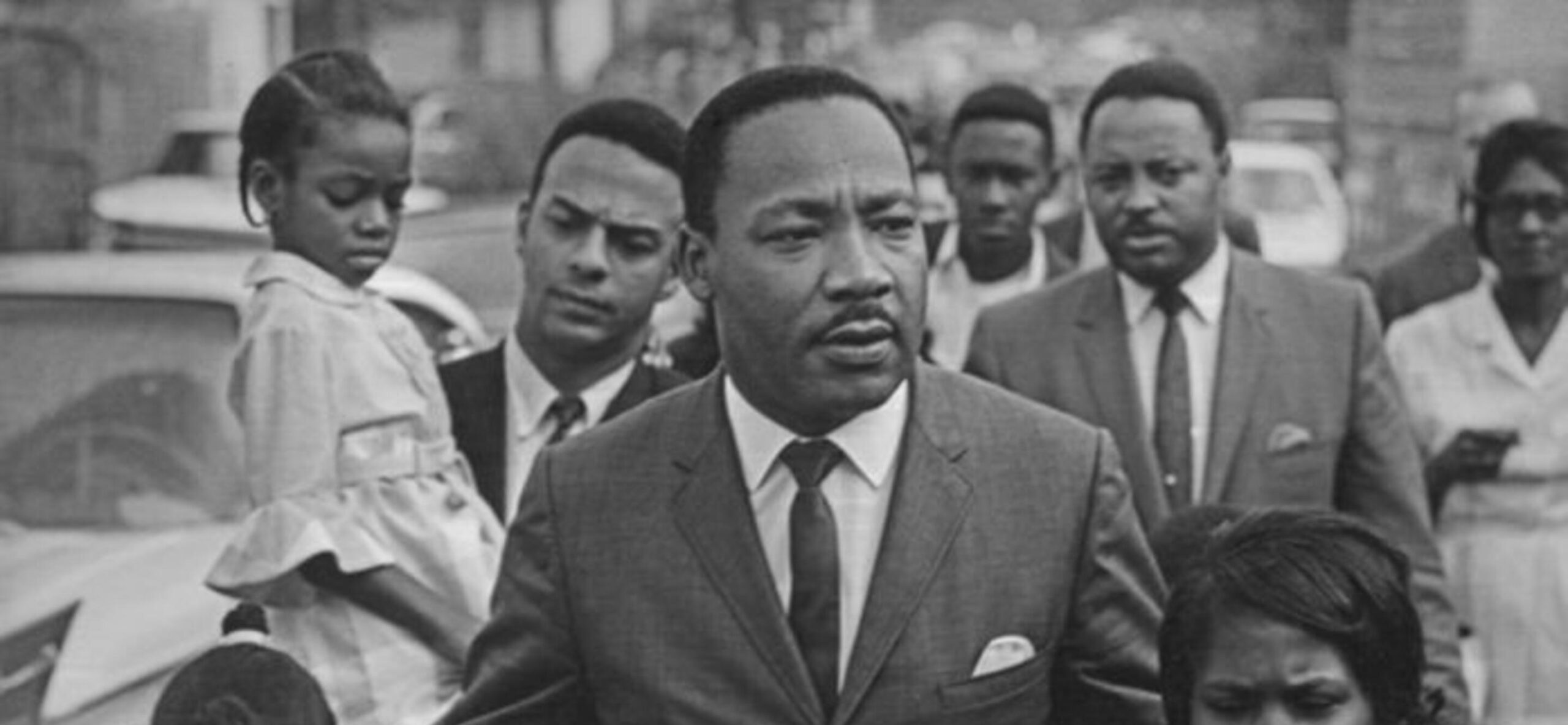Lesson Plan: Nonviolence in the Indian and African-American Freedom Struggles
Introduction
Many people and organizations involved in the African-American freedom struggle, including Martin Luther King, Jr., were influenced by the concept of nonviolence. This ideology was advocated and practiced by Mohandas K. Gandhi, one of the leaders of the Indian struggle for independence from British colonial rule.
In Part One of this unit, students will explore Gandhi’s nonviolent philosophy and practice of ‘satyagraha’ (‘truth-force’ or ‘love-force’), the application of nonviolence to fight injustice.
In Part Two, students will compare Martin Luther King, Jr.’s ideas of nonviolence with those of Gandhi, who greatly influenced King. Students will also learn of the different people and organizations that shaped King’s conception of nonviolence and introduced the nonviolent direct action tactics used in the African-American freedom struggle.
In Part Three, students will explore what it means to carry on Gandhi’s legacy of nonviolence in today’s world. Students will identify people and organizations that embody nonviolent philosophy and developing tactics of nonviolent direct action they can use to combat injustice in the world.
Note: In this unit, we have chosen to use ‘nonviolent direct action’ to describe the use of nonviolent tactics to fight injustice because of the active nature of the term ‘direct action.’ Students may come across different terms in readings and other resources for the use of nonviolence to fight injustice.
This lesson plan is a part of a lesson plan collection devoted to Gandhi, King, and the Nonviolent Global Struggle For Freedom and Justice.
Check out: Lesson Plan: African American Gandhians – Nonviolence Advocates in the Civil Rights Movement; Lesson Plan: Martin Luther King, Jr.’s Pilgrimage to India;
Author: Ashni Mohnot, updated by Mira Foster Subject: U.S. History, World History Grades: 9-12 Teaching Standard: CA State Standards: 10.4, 11:1
Essential Question
- 1
How did nonviolent philosophy and practice influence the Indian and African American freedom struggles?
Sub Questions
- 1
What were Gandhi’s core ideas on nonviolence?
- 2
How was nonviolent philosophy put into practice in the events of the Indian freedom struggle? What were some of the nonviolent direct action tactics used?
- 3
What were King’s core ideas on nonviolence? What was the relationship between King and Gandhi’s ideas on nonviolence?
- 4
Who were the people and organizations that influenced King’s ideas on nonviolence and introduced Gandhian nonviolent philosophy and practice into the African American freedom struggle of the 50s and 60s?
- 5
How was nonviolent philosophy put into practice in events of the African-American freedom struggle? What were some of the nonviolent direct action tactics used?
- 6
What were some of the similarities and differences between the use of nonviolent direct action in the Indian and African American struggles?
- 7
How are nonviolent direct action tactics adapted to suit particular situations and issues?
- 8
What are the attributes, thoughts, and actions of a nonviolent person in today’s world?
- 9
Who are some of the people and organizations engaged in Gandhian nonviolence today?
- 10
What are some ways in which students can continue the tradition of nonviolent direct action in their community?


